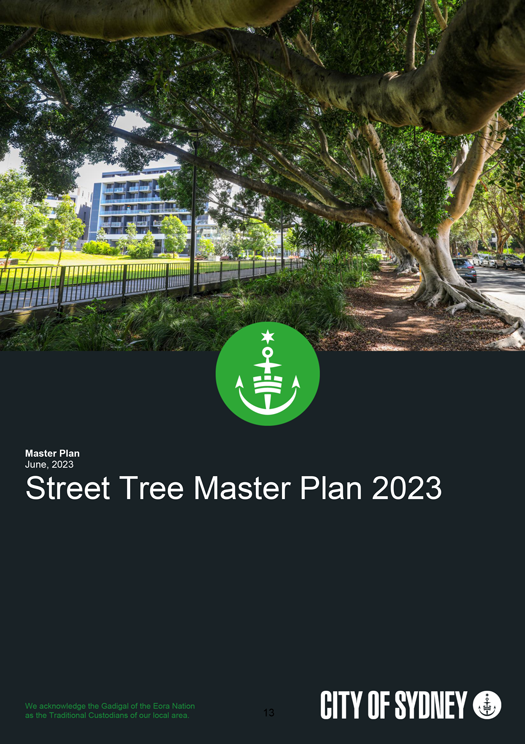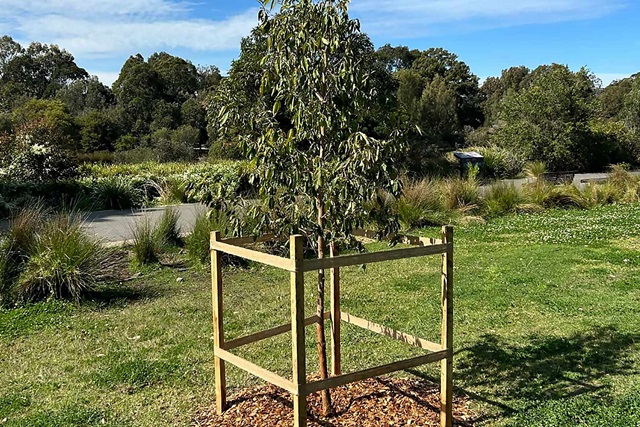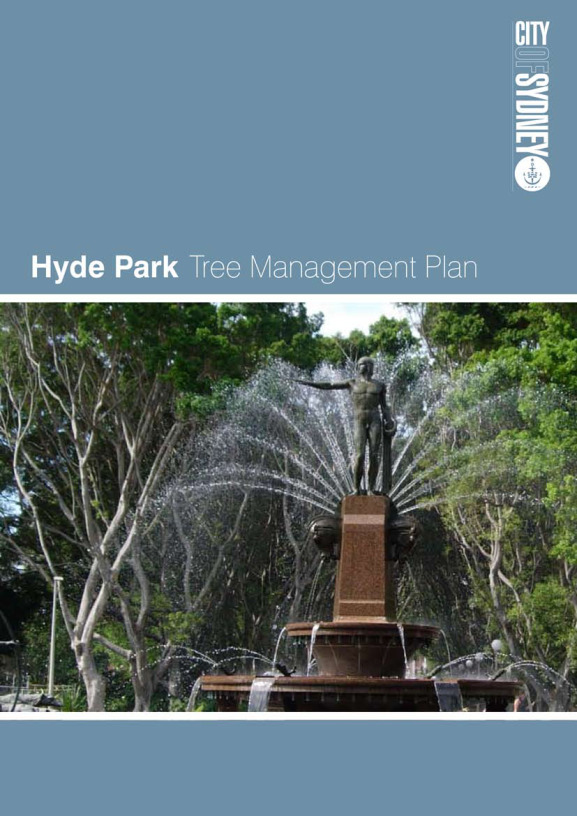Register of significant trees
The register of significant trees highlights Sydney’s living heritage – listings may be the last traces of lost natural or cultural landscapes.

Recognising trees that tell Sydney’s story
Often shaped by historical land use, significant trees provide crucial habitat for wildlife, including endangered species, and offer opportunities to support local conservation efforts.
They add meaning and character to public spaces and heritage sites, and many hold deep cultural significance. For Aboriginal and Torres Strait Islander peoples, they can symbolise a strong connection to Country.
Together, these trees reflect Sydney’s evolving environment and the enduring bond between people and place.
How we assess trees
Assessing heritage significance evolves over time, shaped by changing values and new insights.
We carry out detailed research and fieldwork to understand each tree’s significance. While large trees can be striking, smaller ones may be listed for rare botanical or scientific value, especially if they’re threatened species.
Our team:
- inspects each nominated tree in context
- assesses the species in its natural setting
- researches cultural history through photos, archives and oral accounts
- compares the tree’s significance to others of its kind.
We use clear criteria to guide our decisions and avoid subjectivity. In most cases, a tree must meet at least 2 criteria – visual appeal alone is rarely enough.
For example, a resident might nominate a tall Lemon Scented Gum (Corymbia citridora) in a neighbour’s yard. While impressive, it would also need to demonstrate ecological, historical or cultural value to be included.
We also invited community nominations, recruited independent experts to review them and opened the draft register for public feedback before finalising it.
Assessment criteria
Before a tree can be added to the register, it must meet our tree-focused assessment criteria. These can help us identify trees with significant natural or cultural value, distinguishing them from others with more common attributes.
Our approach is based on established heritage practices, including the Burra Charter and the NSW Heritage Council's Assessing Heritage Significance manual (2023).
Each category includes detailed criteria to guide consistent and thorough evaluation.
We assess significance across 6 categories:

The interactive register
The register of significant trees is made up of 2 key components: this webpage and the interactive register, where you can explore individual trees on a map. Selecting a tree reveals detailed information including its species, size, condition, location, description, statement of significance and a photo gallery.
For trees located in group settings, you can use the group table to view information about each tree within the group.
There is an option on the register to select advanced filters. These allow you to refine your search based on species, common name, planting arrangement, type of significance, species origin and location.
Beyond the register
Large and striking trees are often protected, even if they’re not on the register. Their absence doesn’t lessen their value.
Trees evolve over time. A young tree may hold little heritage significance today, but future generations may see it differently – as a living part of Sydney’s story.
Under our tree management and donation policy, all trees are valued and subject to planning controls, including the State Environmental Planning Policy (Biodiversity and Conservation) 2021, our city plan and Development Control Plan, which outlines requirements for tree protection across our area.
While being listed doesn’t guarantee a tree can never be removed, it does ensure any proposals affecting it receive careful, case-by-case review, considering the long-term health, public benefit and significance.

A living story of landscape and culture
The trees across our local area reflect the many peoples and cultures that have shaped this land.
They speak to the enduring presence of the Gadigal people of the Eora Nation – Traditional Custodians who have cared for Country for thousands of years. Their knowledge and sustainable land practices shaped the original landscape long before colonisation.
Later, 19th century plant collectors, botanists, horticulturists and designers introduced European gardening styles and exotic species. In the 20th century, palms and native species began to reshape the treescape again, reflecting changing values and aesthetics.
This transformation happened rapidly. In just a few years following colonisation, a landscape maintained for more than 20,000 years by the 29 clans of the Eora Nation gave way to new plantings and imported ideas.
Explore our treescape timeline to learn more about this evolution, from Indigenous land care to European influences and managing trees today.

Replacing significant trees
Our tree management and donation policy covers:
- managing and protecting trees, including significant trees
- selecting and planting tree species
- removing trees
- community consultation and feedback
- donating trees
- trees as essential infrastructure.
When a significant tree nears the end of its life, we select replacement species with care. Our decisions are guided by a detailed street tree master plan and park planting strategies, which consider the character of the surrounding landscape, historical planting patterns, the traits of the original tree and the long-term needs of the space.
This ensures new plantings honour the past while respecting Sydney’s evolving botanical story.
Managing ageing trees
Many of our significant trees, especially the Moreton Bay and Port Jackson figs planted in the late 19th century, are now reaching the final stage of their life cycle. Urban environments add extra stress, often accelerating their decline.
These trees are growing in a city that’s constantly evolving. Ongoing construction and infrastructure works increasingly limit the space trees need to survive. While individual development proposals may seem small, their impact over time can lead to serious, lasting damage to tree health.
Protecting these trees requires a long-term view, one that accounts for the broader pressures of urban growth and prioritises space for trees to thrive.
Development impacts
Urban development has dramatically expanded building footprints across residential blocks. Off-street and underground parking, driveways, drainage systems, large paved outdoor areas and swimming pools all reduce space for trees to grow.
These changes alter soil profiles, compacting earth around roots and disrupting tree health. Developments can shift water tables, affect nutrient and pH levels, increase salinity, disrupt drainage and introduce plant pathogens, all of which place stress on ageing trees.
Even in established parks, heavy use can compact soil around root zones, weakening tree vitality over time.
Many significant trees line roads, a legacy of 19th century planting. These trees are often affected by overhead ad underground infrastructure works, with access and maintenance further threatening their long-term survival.
As a result, Sydney’s heritage tree canopy is slowly diminishing. Individual trees are lost, and not always replaced with species of similar scale or lifespan. Their loss alters the visual continuity and historical character of important landscapes.
Replacing dying trees
Historically, limited planning for staged tree replacement has left some cultural landscape exposed and vulnerable to gradual loss.
Today, finding space for large, broad-leaf specimens, such as those that once defined Sydney’s most well-known landscapes, is increasingly difficult. Replacement strategies often favour smaller species that require less space. In some cases, grand Moreton Bay figs have been replaced with smaller Lilly Pillies (Syzygium smithii), which lack the overall scale and historical impact of the originals.
We recognise the importance of preserving our cultural heritage and historic landscapes. In many locations, we’ve started succession planting, using the same species where appropriate. Striking a balance between historical planting patterns and contemporary urban constraints is essential.
Maintaining the legacy of these landscapes requires thoughtful flexibility, selecting replacement species that respect the original design while adapting to modern conditions.



